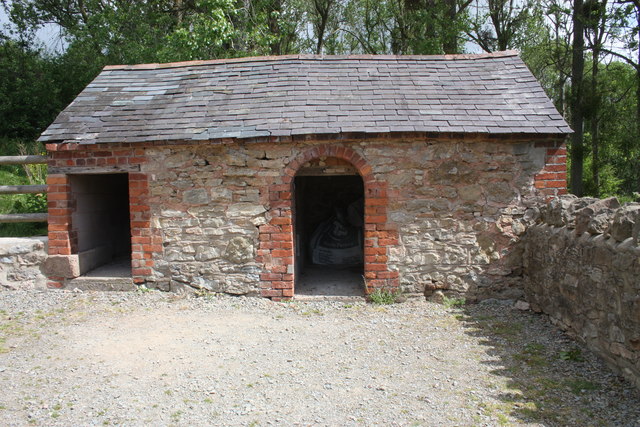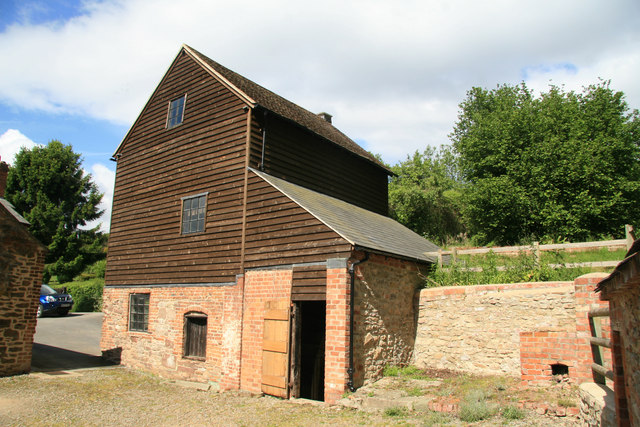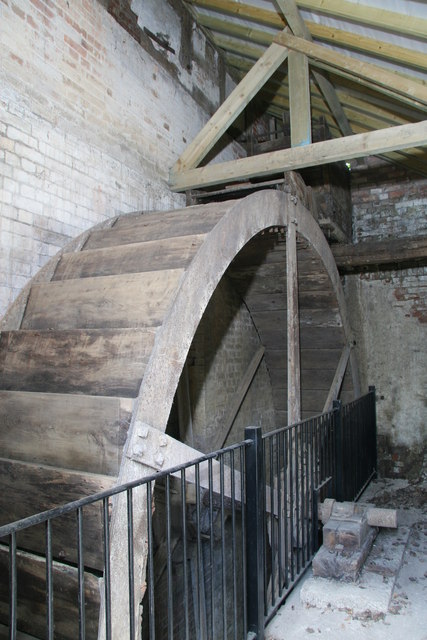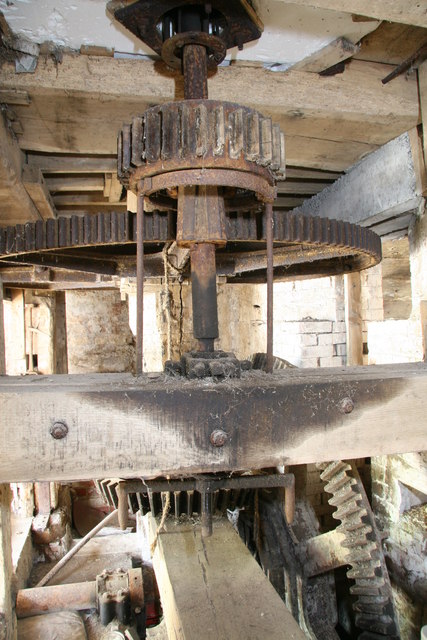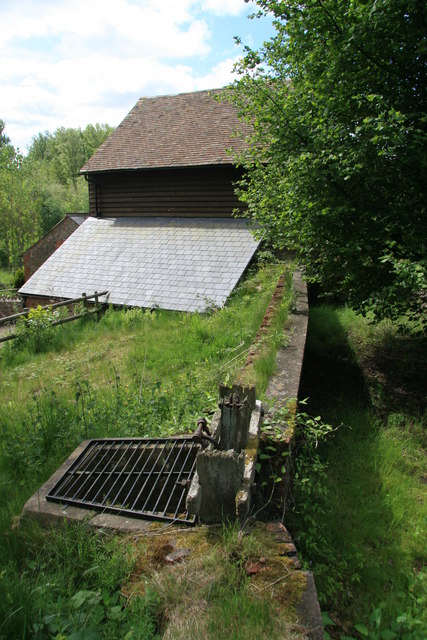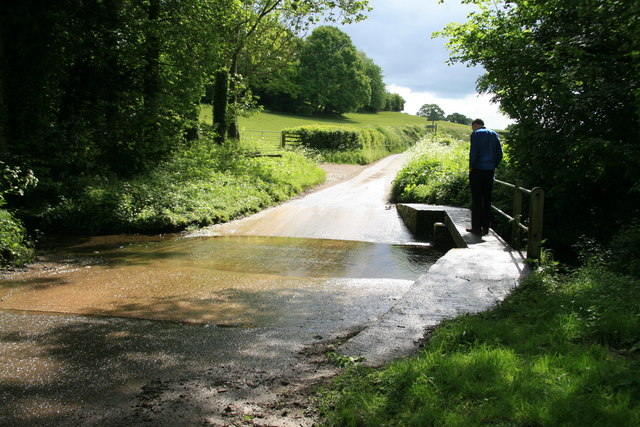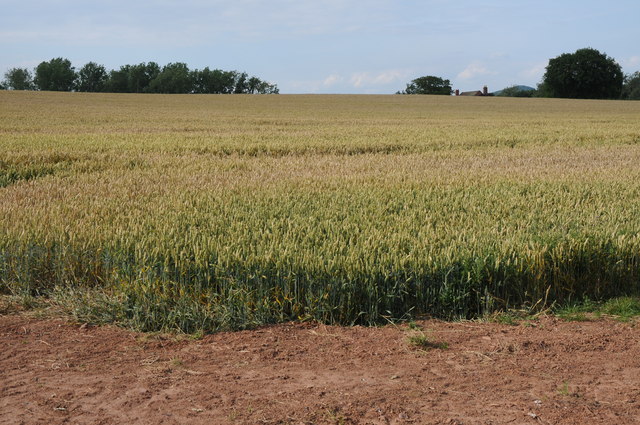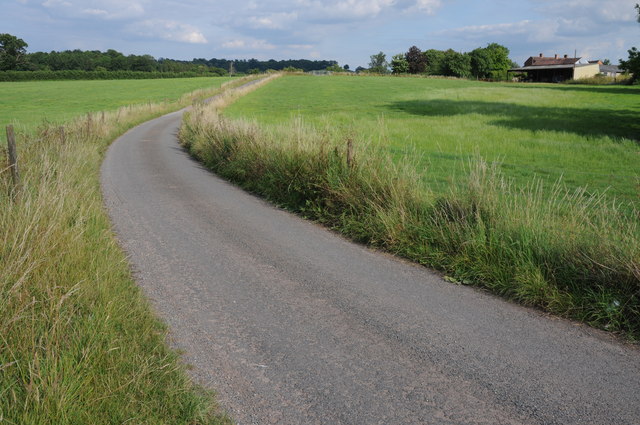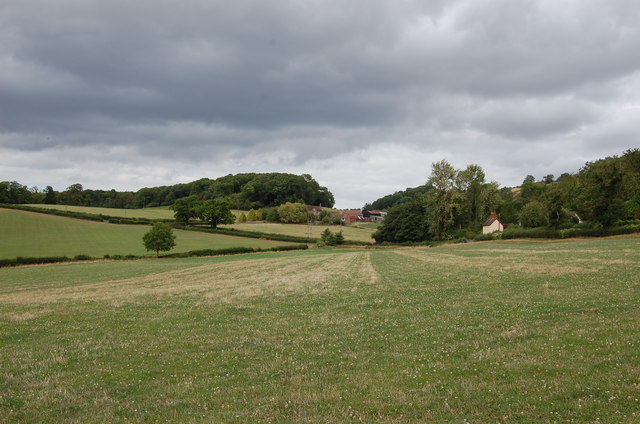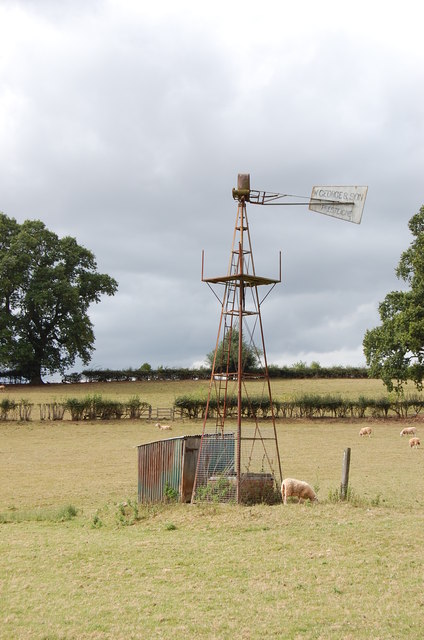Brand Oak Coppice
Wood, Forest in Herefordshire
England
Brand Oak Coppice

Brand Oak Coppice is a picturesque woodland located in Herefordshire, England. Spanning over several acres, this ancient forest is renowned for its dense growth of oak trees, which have stood tall for centuries. The copse is situated in a rural area, surrounded by rolling hills and meandering streams, adding to its natural beauty and tranquility.
The oak trees in Brand Oak Coppice are of various sizes and ages, with some reaching heights of over 30 meters. Their gnarled and twisted branches create a captivating canopy that filters sunlight, casting dappled shadows on the forest floor. The woodland is home to a diverse range of flora and fauna, including bluebells, foxgloves, and ferns, which thrive in the shade provided by the towering oaks.
The forest floor is covered in a thick layer of leaf litter and moss, creating a soft carpet underfoot. This rich organic material supports a variety of small mammals, such as squirrels and voles, as well as numerous bird species, including woodpeckers and owls. Additionally, the copse provides a habitat for insects, including butterflies and beetles, which play a crucial role in the forest's ecosystem.
Brand Oak Coppice is a popular destination for nature lovers and outdoor enthusiasts, offering a peaceful retreat away from the hustle and bustle of city life. Visitors can explore the woodland through a network of well-maintained trails, allowing them to immerse themselves in the sights and sounds of the natural world. Whether it's a leisurely walk, birdwatching, or simply enjoying the serenity of the forest, Brand Oak Coppice offers a truly enchanting experience for all who venture within its boundaries.
If you have any feedback on the listing, please let us know in the comments section below.
Brand Oak Coppice Images
Images are sourced within 2km of 52.004941/-2.4060877 or Grid Reference SO7234. Thanks to Geograph Open Source API. All images are credited.
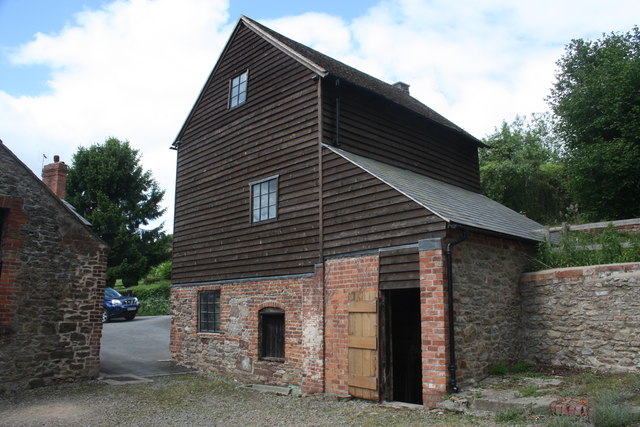
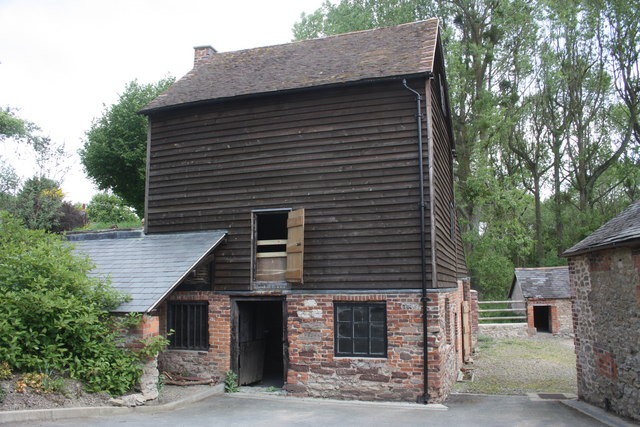
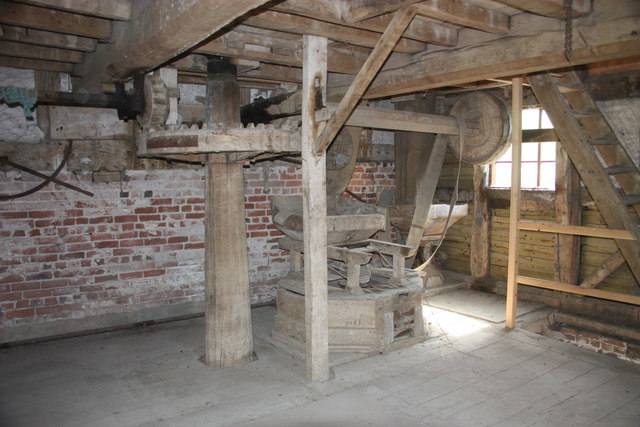
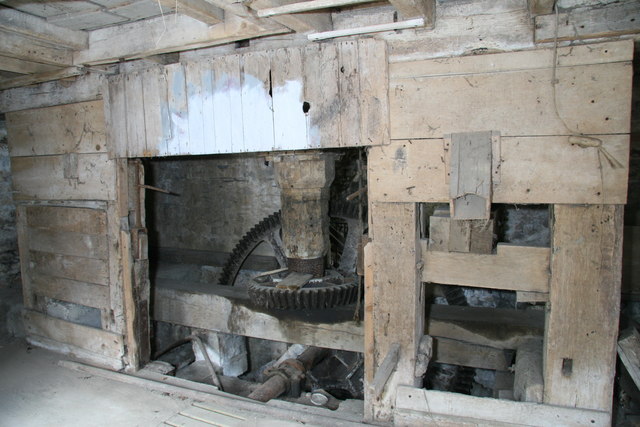
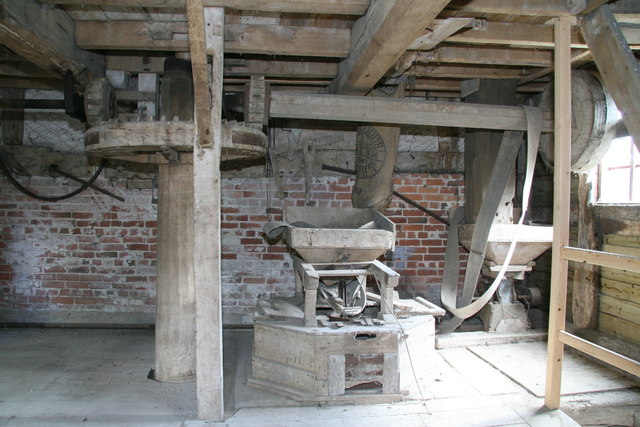
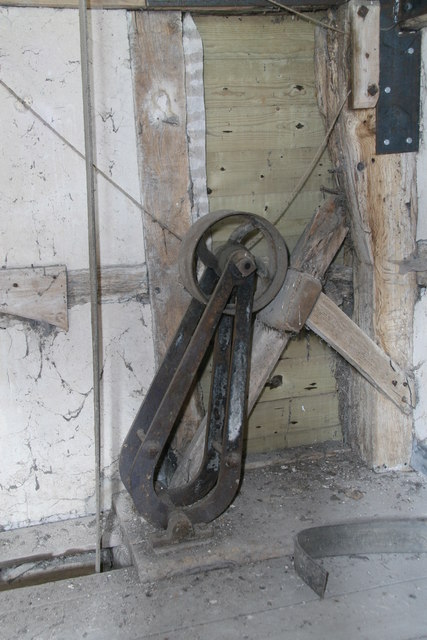
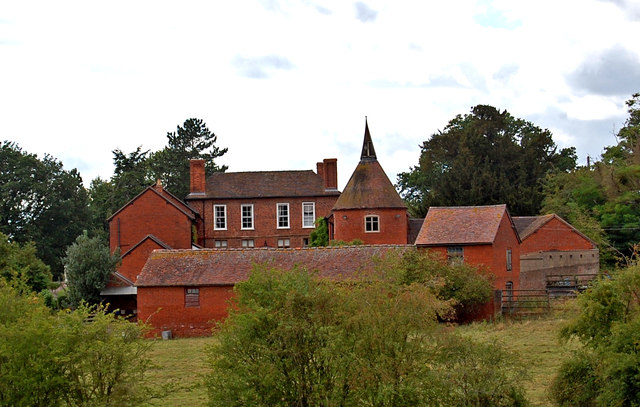
Brand Oak Coppice is located at Grid Ref: SO7234 (Lat: 52.004941, Lng: -2.4060877)
Unitary Authority: County of Herefordshire
Police Authority: West Mercia
What 3 Words
///described.emporium.flagging. Near Donnington, Herefordshire
Nearby Locations
Related Wikis
Three Counties (Gloucestershire, Herefordshire and Worcestershire)
The Three Counties of England are traditionally the three agrarian counties of Gloucestershire, Herefordshire and Worcestershire.Including towns and cities...
Donnington, Herefordshire
Donnington is a village and civil parish near Ledbury. == Parish church == The parish church is dedicated to Saint Mary. Donnington Hall is located here...
Parkway, Herefordshire
Parkway is a hamlet centred 2 km (1.2 mi) south of the market town of Ledbury in Herefordshire, England, centred on the direct single-carriageway north...
Bromsberrow
Bromsberrow (or Bromesberrow) is part of the Forest of Dean district. The village is close to the meeting point between Gloucestershire, Herefordshire...
Greenway Halt railway station (Gloucestershire)
Greenway Halt was a request stop on the former Ledbury and Gloucester Railway. It opened on 1st April 1937 and closed in 1959 when the line was closed...
Vell Mill Daffodil Meadow
Vell Mill Daffodil Meadow (grid reference SO710314) is a 2.1-hectare (5.2-acre) nature reserve in Gloucestershire.The site is owned and managed by the...
Eastnor Castle
Eastnor Castle, Eastnor, Herefordshire, is a 19th-century mock castle. Eastnor was built for John Cocks, 1st Earl Somers, who employed Robert Smirke, later...
John Masefield High School
John Masefield High School is a secondary school with an academy status, located in Ledbury, Herefordshire, England. It is named after the poet John Masefield...
Nearby Amenities
Located within 500m of 52.004941,-2.4060877Have you been to Brand Oak Coppice?
Leave your review of Brand Oak Coppice below (or comments, questions and feedback).
